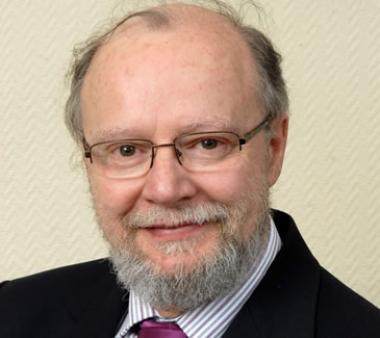Industrial rentals rising, but we’re not out of the woods yet says Rode
 Rode & Associates CEO Erwin Rode.
Rode & Associates CEO Erwin Rode.
The South African Property Market reveals a modicum of good news for the industrial property market, according to property valuer and economist Erwin Rode of Rode & Associates.
On a national basis, the yearly growth in industrial rentals is slowly heating up, seemingly benefiting from the lagged impact of declining vacancy rates. “In fact, such has been the acceleration in the growth of market rentals in this sector that in the fourth quarter of 2012, prime rentals recorded a nationally averaged growth rate of 7%, with the strongest yearly growth of 9% being achieved in the Cape Peninsula.” Disappointing, however, is that the national average still failed to be in excess of building-cost inflation. “Hence, we are not yet out of the woods,” cautions Rode.
The news was bleaker for office rentals, still lethargic as a result of generally weak demand. Notes Rode: “Market rentals in Cape Town and Pretoria decentralised barely mustered yearly growth of 3%. Johannesburg decentralised only managed a measly 1% while Durban decentralised actually saw rentals contract by 4%.”
During the first few months of 2013, the yearly growth in national house prices has been able to accelerate impressively. “The low and stable cost of borrowed money (interest rates) may be one possible explanation for this,” says Rode. Another reason may be the still decent growth in household disposable incomes. But, he warns, there are strong headwinds ahead.
Household debt levels remain unpleasantly high, adversely affecting consumers’ credit-risk profiles. Other headwinds in the way of house prices are the current slump in consumer confidence levels, the upward pressure on property running costs and the jittery growth in economic activity. What’s more, the housing finance game has seemingly also changed. Deal sweeteners like 100% loan-to-value mortgage loans and discounts to prevailing prime interest rates seen during the boom years, have become not much more than a distant memory, especially in middle- and upper-income segments. For these reasons, the growth in house prices might do a dead cat bounce. That is, we don’t believe inflation-beating growth is sustainable.
Much to the relief of non-residential property owners — frustrated in recent years by rising vacancy rates, poorly performing market rentals and explosive operating costs — capitalization rates have at least been able to hold their own. In fact, owing to the substitution principle, capitalization rates on larger shopping centres were able to decline on the back of a general decline in global interest rates, stock and bond yields – the result of which was notable growth in the market values of large shopping centres during 2012.

















